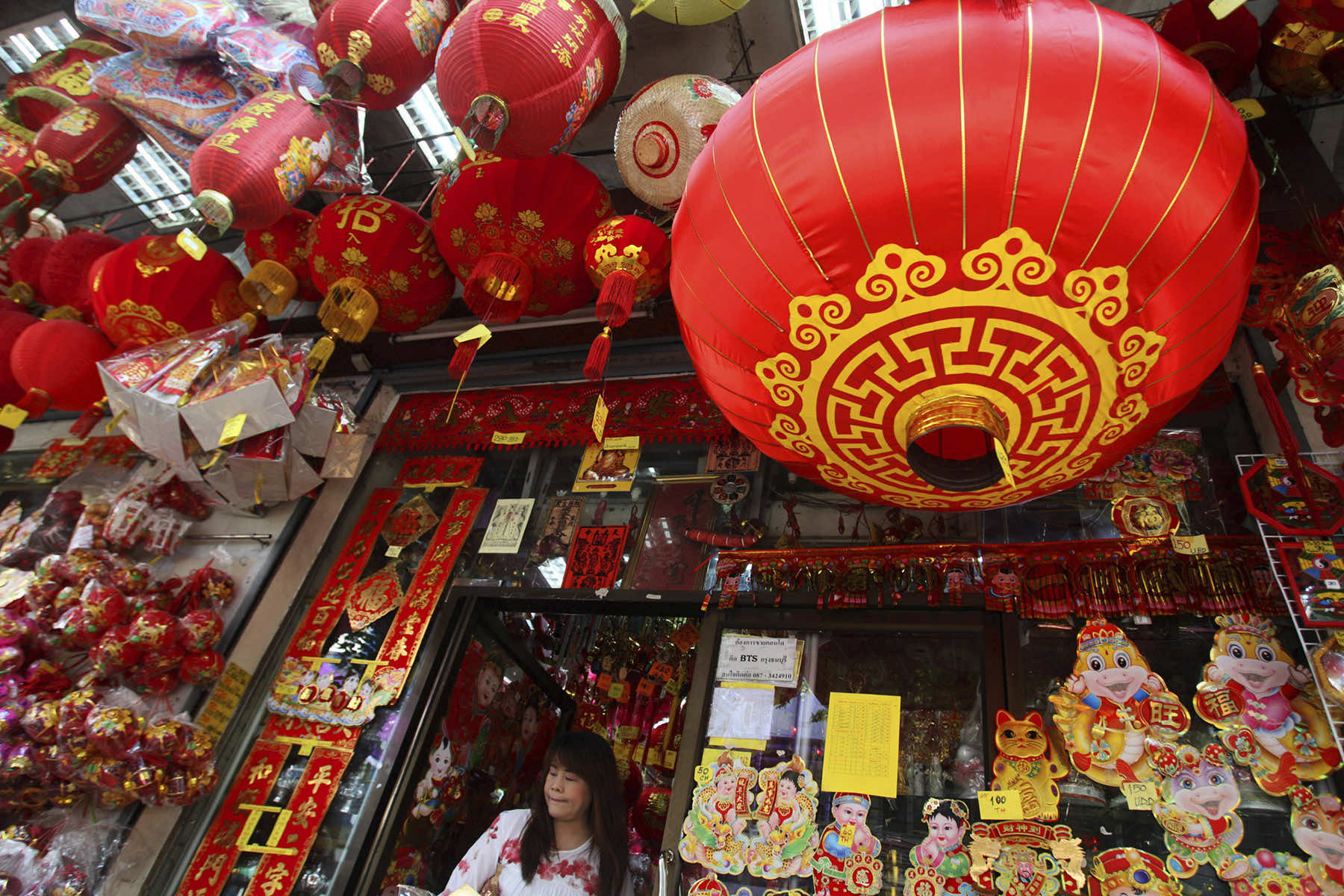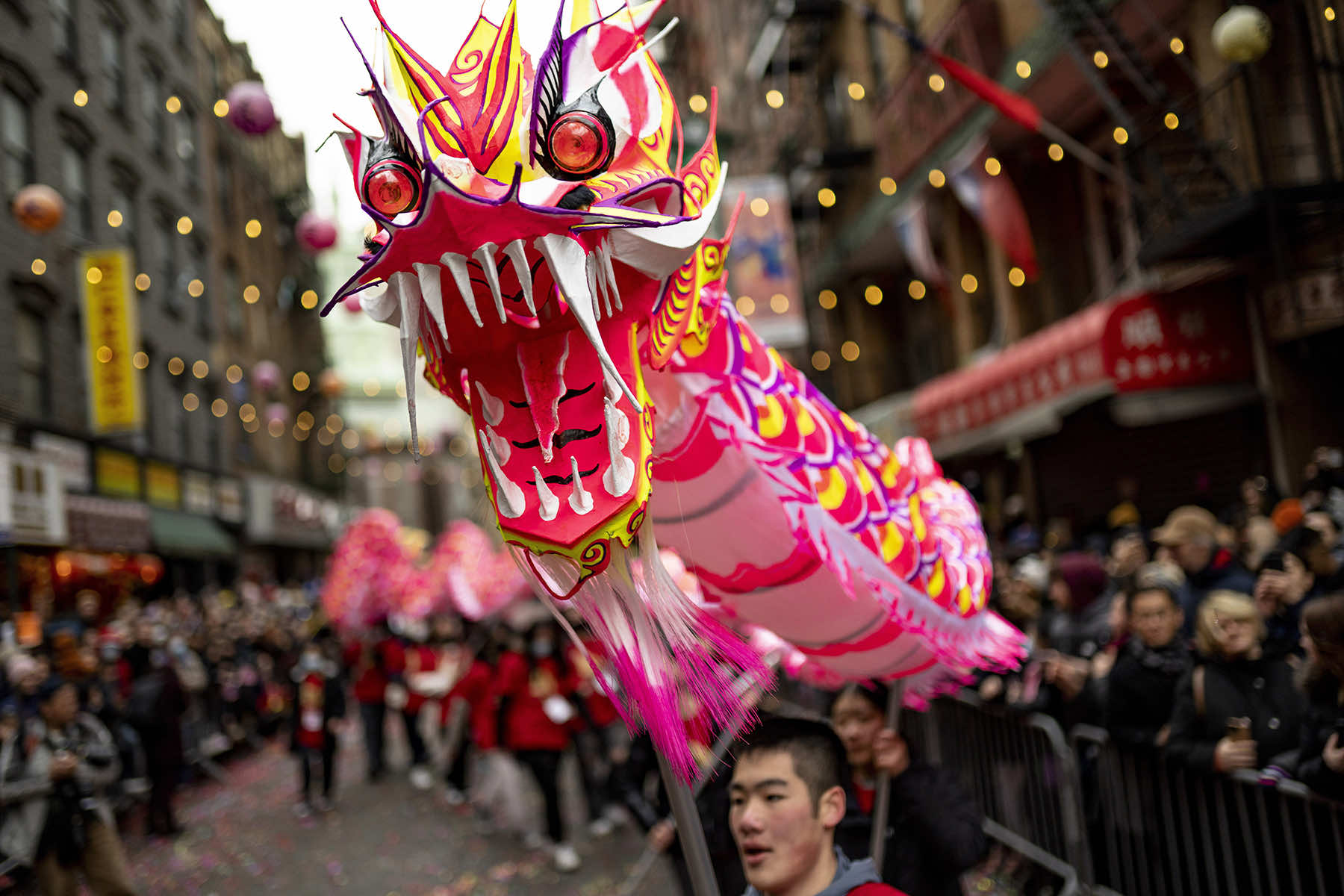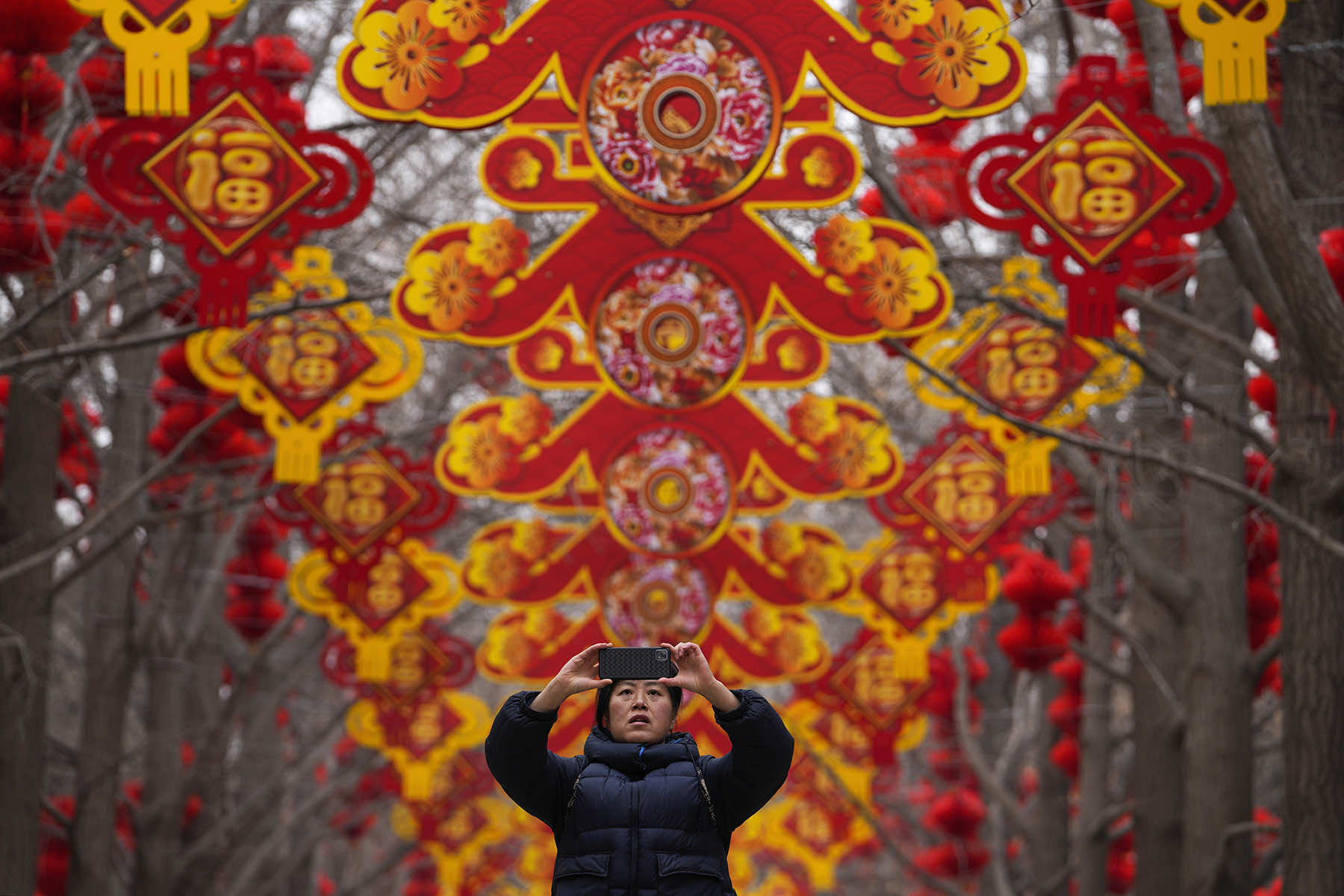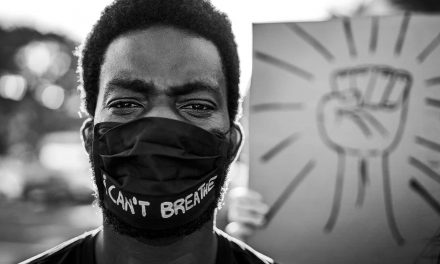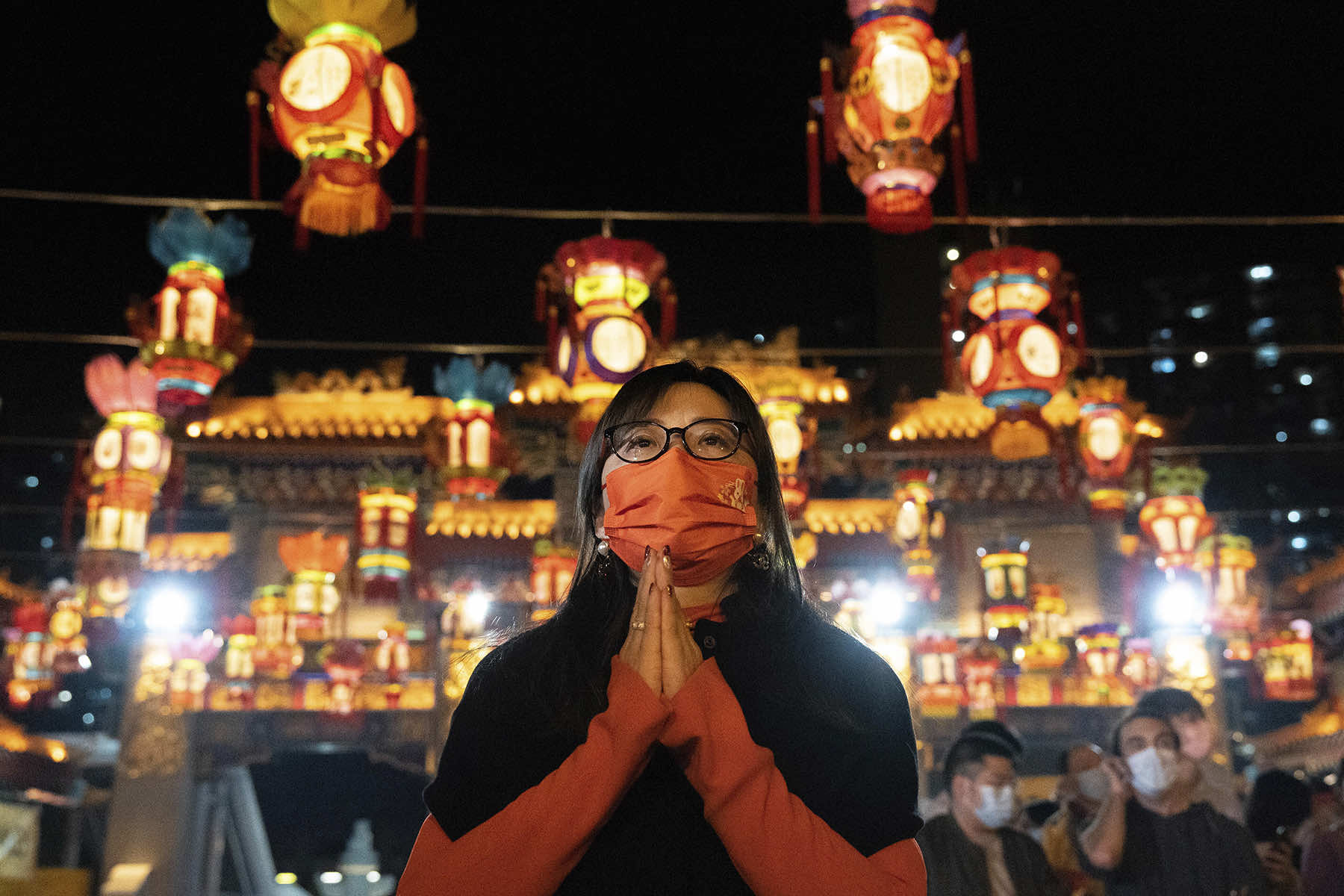
Asian American communities around the U.S. will ring in the Year of the Dragon on February 10 with community carnivals, family gatherings, parades, traditional food, fireworks, and other festivities.
In many Asian countries, it is a festival that is celebrated for several days. In diaspora communities, particularly in cultural enclaves, Lunar New Year is visibly and joyfully celebrated. In the Chinese zodiac, 2024 is the Year of the Dragon. Different countries across Asia celebrate the new year in many ways and may follow a different zodiac.
What is the Lunar New Year?
The Lunar New Year — known as the Spring Festival in China, Tet in Vietnam and Seollal in Korea — is a major festival celebrated in several Asian countries. It is also widely celebrated by diaspora communities around the world.
It begins with the first new moon of the lunar calendar and ends 15 days later on the first full moon. Because the lunar calendar is based on the cycles of the moon, the dates of the holiday vary slightly each year, falling between late January and mid-February.
What are the animals of the zodiac?
Each year honors an animal based on the Chinese zodiac. The circle of 12 animals — the rat, ox, tiger, rabbit, dragon, snake, horse, goat, monkey, rooster, dog, and pig — measure the cycles of time. Legend has it that a god beckoned all animals to bid him farewell before his departure from earth and only 12 of them showed up. The Vietnamese zodiac is slightly different, honoring the cat instead of the rabbit and the buffalo instead of the ox.
What are some beliefs and traditions around the Lunar New Year?
One well-known ancient legend speaks of Nian, a hideous monster that feasted on human flesh on New Year’s Day. Because the beast feared the color red, loud noises, and fire, people put up red paper dragons on their doors, burned red lanterns all night, and set off firecrackers to frighten and chase away the monster.
To this day, the Lunar New Year celebration is centered around removing bad luck and welcoming all that is good and prosperous. Red is considered an auspicious color to ring in the new year. In many Asian cultures, the color symbolizes good fortune and joy. People dress up in red attire, decorate their homes with red paper lanterns and use red envelopes to give loved ones and friends money for the new year, symbolizing good wishes for the year ahead. Gambling and playing traditional games is common during this time across cultures.
Ancestor worship is also common during this time. Many Korean families participate in a ritual called “charye,” where female family members prepare food and male members serve it to ancestors. The final step of the ceremony, called “eumbok,” involves the entire family partaking the food and seeking blessings from their ancestors for the coming year. Vietnamese people cook traditional dishes and place them on a home altar as a mark of respect to their ancestors.
Some Indigenous people also celebrate Lunar New Year this time of year, including members of Mexico’s Purepecha Indigenous group.
How do diaspora communities celebrate?
Members of Asian American communities around the U.S. also organize parades, carnivals and festivities around the Lunar New Year featuring lion and dragon dances, fireworks, traditional food and cultural performances. In addition to cleaning their homes, many buy new things for their home such as furniture and decorate using orchids and other brightly colored flowers.
Lunar New Year is also celebrated as a cultural event by some Asian American Christians and is observed by several Catholic dioceses across the U.S. as well as other churches.
What are some special foods for the new year?
Each culture has its own list of special foods during the new year, including dumplings, rice cakes, spring rolls, tangerines, fish and meats. In the Chinese culture, for example, “changshou mian” or “long-life noodles” are consumed with a wish for a long, healthy and happy life.
In Vietnamese culture, banh chung and banh tet — traditional dishes made from glutinous rice — are a must for the celebrations. To make a banh tet, banana leaves are lined with rice, soft mung beans and pork belly and rolled into a tight log, which is then wrapped in the leaves and tied up with strings.
Koreans celebrate with tteokguk, a brothy soup that contains thinly sliced rice cakes.

